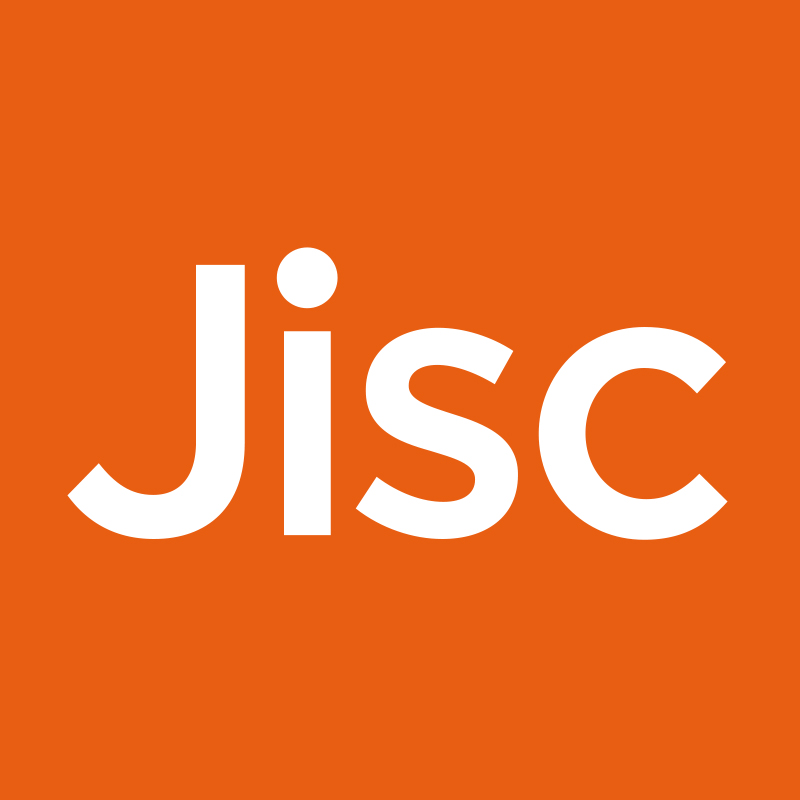Matt Cook’s talk at Networkshop explained Loughborough University’s thinking on how virtualisation might be used to provide both resilience and flexibility by allowing services to be moved between different locations in both internal and external clouds.
Rather than virtualising a single server, this involves creating a virtual container holding the various components required to deliver a particular service. For example a virtualised VLE container would also need to include the underlying database, a DNS resolver giving a consistent view of the world (especially if DNS views differ for ‘internal’ and ‘external’ requests), a mirrored copy of at least relevant parts of the authentication/authorisation system, and a network firewall. Such a container can then be moved relatively easily between data centre hosts, whether in response to load, system faults or simply changes in contracts.
Such flexibility does, however, create significant demands on Internet routing to ensure that the container can be ‘found’ wherever on the network it happens to be (re-)located and, indeed, no matter whether the user is connected to the campus network, elsewhere on JANET, or elsewhere on the Internet. Although this should, in theory, be possible using IPv4 addressing, the near-exhaustion of that address space means it may be hard to find enough contiguous public addresses. Loughborough are therefore planning an initial trial of this approach using IPv6, where it will be much easier to obtain the required addresses while preserving a hierarchical allocation of address blocks (and therefore simple routing tables). Matt also observed that moving a major service such as a VLE, document store or e-mail to a different network location can have significant effects on traffic flows. For example moving e-mail from on-site to off-site added 20-40Mbps to the traffic on Loughborough’s JANET link: organisations need to include this effect and any impact on network components in their out/in-sourcing plans.
